Before the start of the Stevie Nicks and Lindsey Buckingham era of Fleetwood Mac, the band grasped a bluesier and soulful movement with its founding member vocalist Peter Green.
Along with writing many of Fleetwood Mac’s earlier hits, including “Black Magic Woman,” also a hit for Santana in 1970, along with “Man of the World,” “The Green Manalishi (With the Two Prong Crown),” and “Oh Well,” Green also penned “If I Love Another Woman” and “Love That Burns,” and many more within the band’s early catalog, including their debut single, “Albatross.”
Videos by American Songwriter
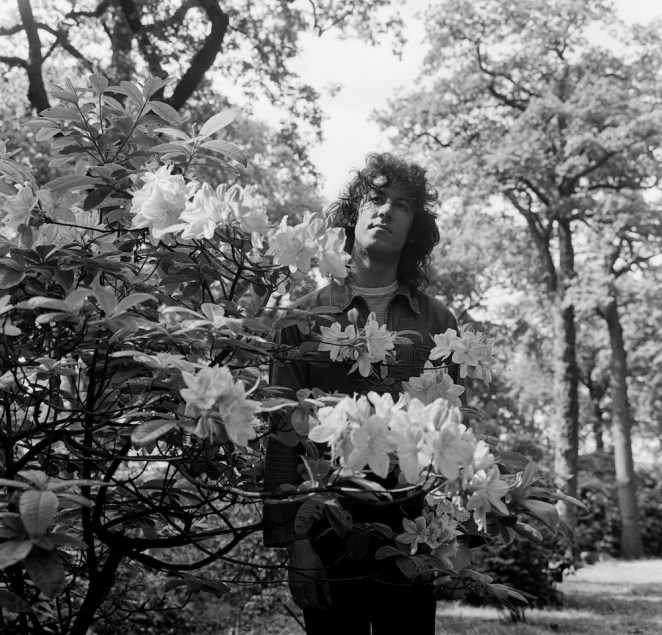
A Childhood Poem, ’50 Blues, and Eric Clapton’s “Notes”
Named after the seabird known for traveling lengthy distances, Green’s instrumental may have come from a number of different inspirations. There’s the adage “an albatross around your neck,” meaning an inescapable hardship. The term can be traced to the 1798 Samuel Taylor Coleridge poem, The Rime of the Ancient Mariner, which Green remembered reading as a child.
Generally a symbol of good luck for sailors, in the poem, an albatross is shot down my a mariner, which makes the crew believes they’ll struck with bad luck during their voyage. The sailor is then forced to wear the carcass of the bird around his neck as punishment.
Ah! well a-day! What evil looks
Had I from old and young!
Instead of the cross, the Albatross
About my neck was hung”
In Martin Clemins’ 1998 book Peter Green: Founder of Fleetwood Mac, the singer said he also came up with “Albatross” from “a group of notes from an Eric Clapton solo, played slower.” Coincidentally, before forming Fleetwood Mac, Green replaced Clapton in the John Mayall & the Bluesbreakers in 1967.
In the 2010 book 1000 UK #1 Hits by Jon Kutner and Spencer Leigh, Green also said that the song developed from hearing a John Mayall’s Bluesbreakers cover of bluesman Jimmy Rogers’s 1959 B-side “The Last Meal.”
The song is also said to have been inspired by Santo & Johnny’s 1959 No. 1 instrumental “Sleep Walk.”
Marching alongside Mick Fleetwood‘s steady drums and Green’s drifts of guitar, “Albatross” goes someplace tranquil, perhaps to sea, regardless of its origin. Fleetwood also captured the sound of waves on the recording by using timpani mallets.
Once released in 1968, “Albatross” became Fleetwood Mac’s first and only No. 1 in the UK. The song was later released on the band’s 1969 compilation The Pious Bird of Good Omen, just one year before Green left the band.
[RELATED: Stevie Nicks Had This One Regret About Fleetwood Mac Founder Peter Green]
The Beatles’ “Sun King”
“Albatross” also inspired one Beatles song, “Sun King,” released on the band’s Abbey Road in 1969. The mostly instrumental track has a similar cadence to “Albatross” but differs in its brief break into lyrics.
Here come the Sun King
Here come the Sun King
Everybody’s laughing
Everybody’s happy
Here come the Sun King
Quando para mucho mi amore de felice corazon
Mundo paparazzi mi amore chica ferdi parasol
Questo obrigado tanta mucho que can eat it carousel
“At the time, ‘Albatross’ was out, with all the reverb on guitar,” said George Harrison. “So we said, ‘Let’s be Fleetwood Mac doing Albatross, just to get going.’ It never really sounded like Fleetwood Mac but that was the point of origin.”
David Gilmour’s “Albatross”
Several months before Green’s death in 2020 at age 73, Fleetwood paid tribute to his former bandmate and lifelong friend by revisiting “Albatross” with David Gilmour during his Mick Fleetwood & Friends tribute concert on February 20 at the Palladium in London. The night also featured performances by Christne McVie, Pete Townshend, Noel Gallagher, Steven Tyler, Billy Gibbons, and Kirk Hammett.
“He had so much reverence for Peter Green’s playing and who Peter was and the songs,” Fleetwood said of Gilmour, who initially passed when asked to tackele Green’s songs. “He [Gilmour] initially got cold feet,” added Fleetwood. “He was like, ‘I don’t know if I can interpret Peter’s work. It’s so amazing.’”
When Fleetwood spoke to Gilmour later on, he agreed to play the concert. “He did beautiful work on the re-work of ‘Albatross,” said Fleetwood.
Along with former Fleetwood Mac guitarist Rick Vito, Gilmour also added on his interpretation of Green’s instrumenal “Oh Well, Part 2,” from the band’s 1969 album Then Play On.
“For lack of a better description, it’s a classical-esque escapade that Peter put together,” added Fleetwood of the latter Green song. “Peter never played it. Fleetwood Mac never played it. That was really special that David picked that to do. I was overjoyed.”
After Green’s death Fleetwood said that Green taught him two important lessons about music, including “Less is more and don’t worry about being clever,” he said. “He played from his heart, which is why so many people, musicians, and appreciators alike, gathered in London to pay tribute to him, all of us together bearing witness to the magic of Peter’s music.”
Fleetwood added, “He revealed himself in his art, which sometimes happens at great cost, as it was with Peter. He showed so much of himself that he had to withdraw. And he did. May he rest easy. He was loved and he will be missed.”
Photo: George Wilkes/Hulton Archive/Getty Images

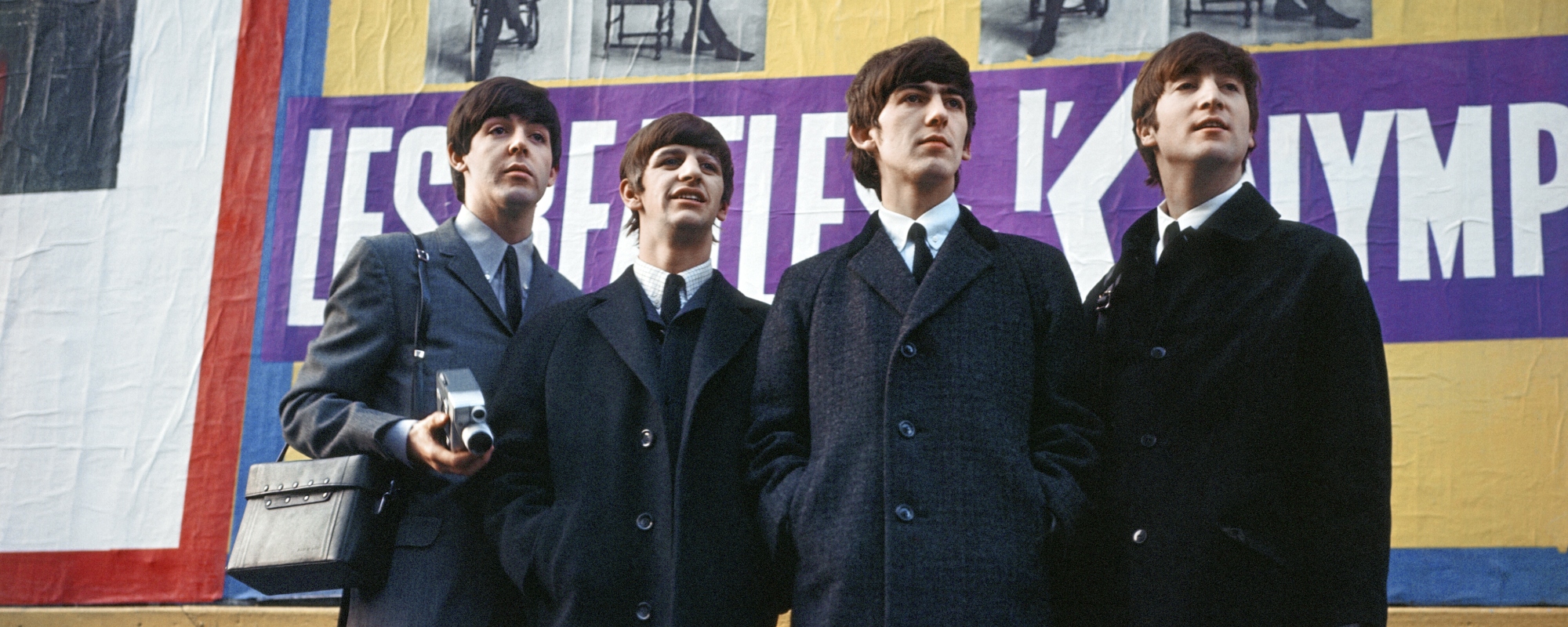
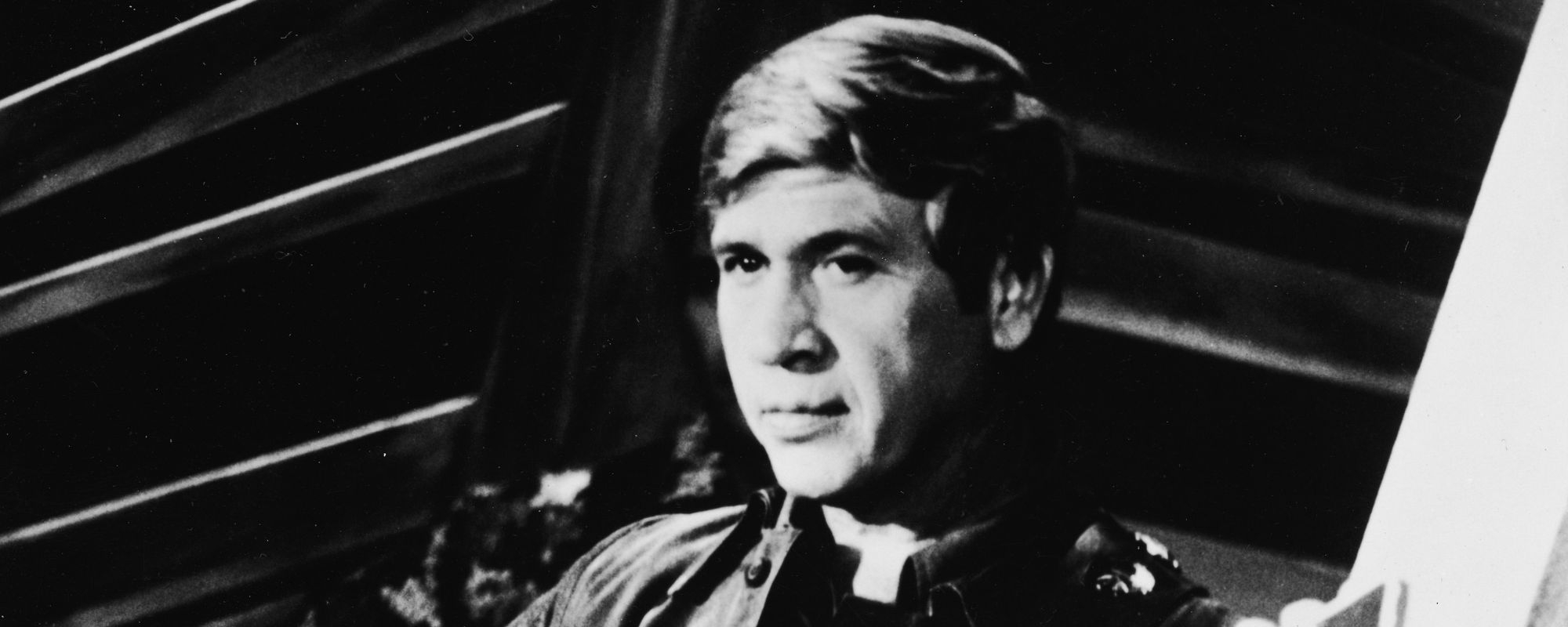
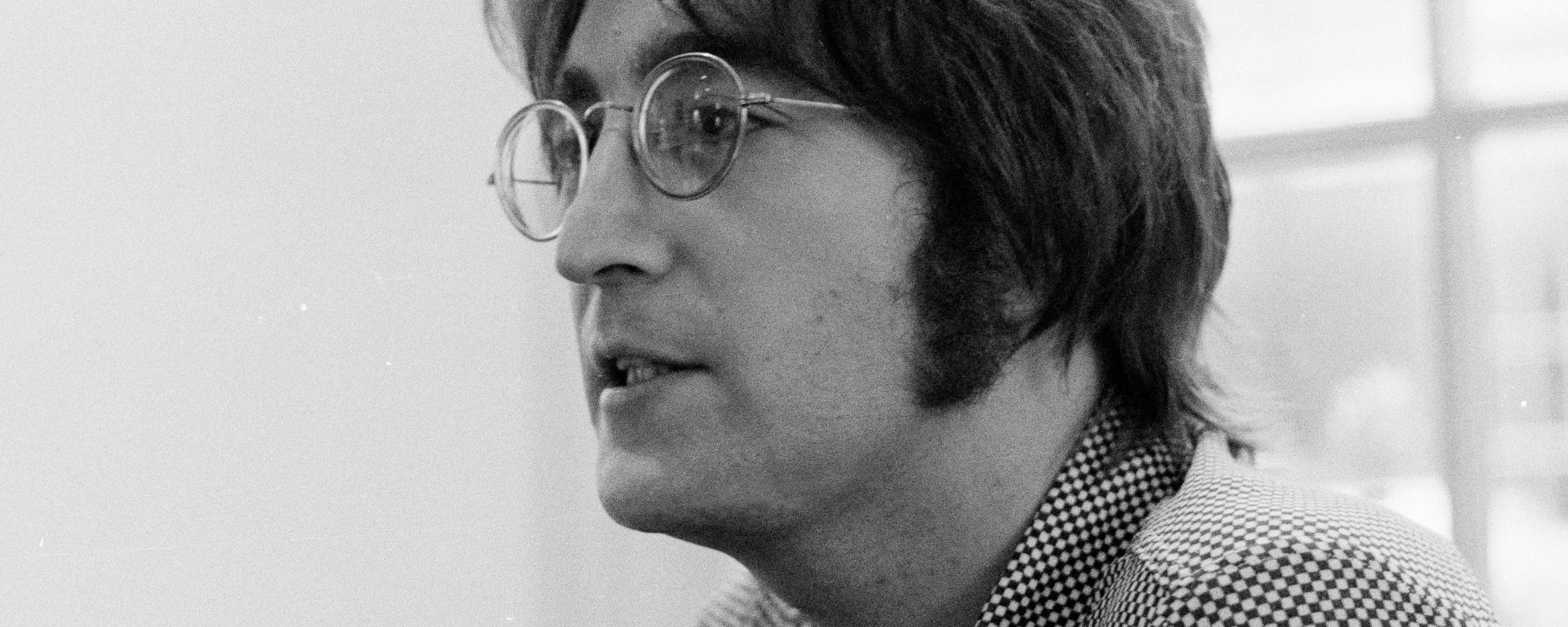
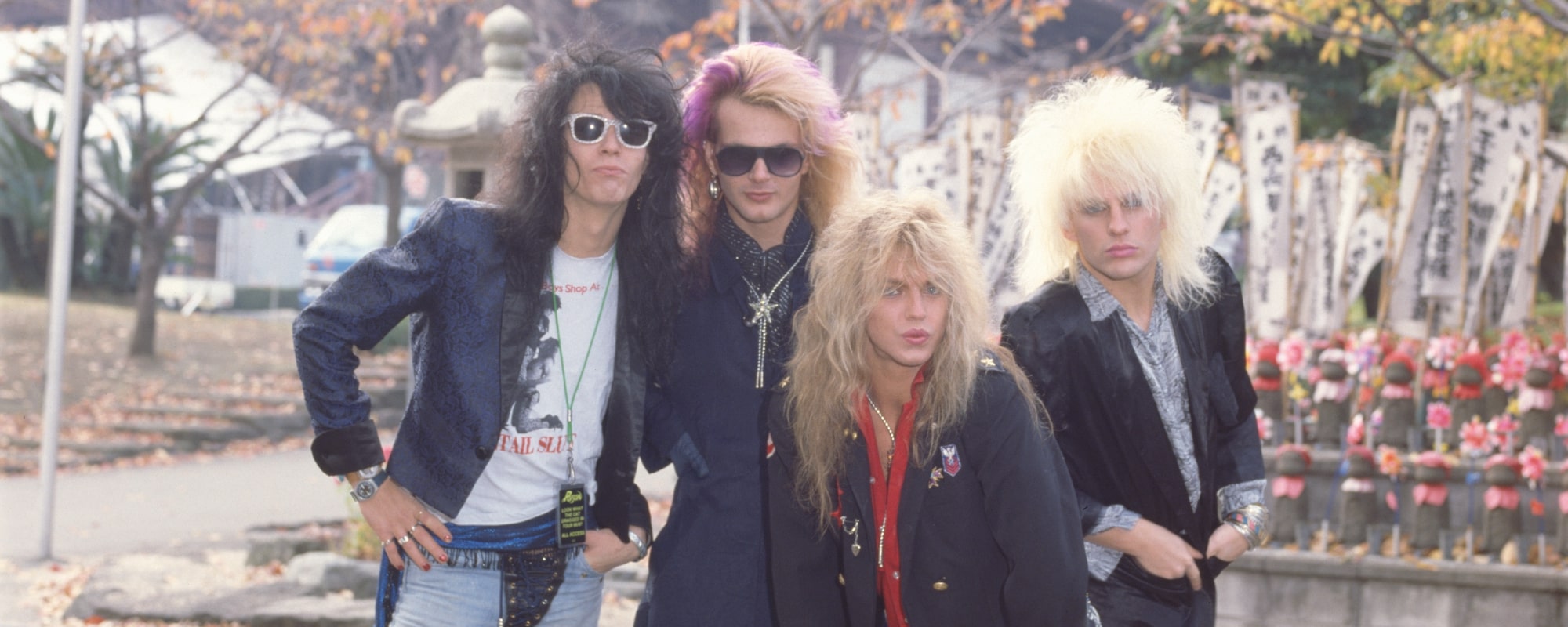
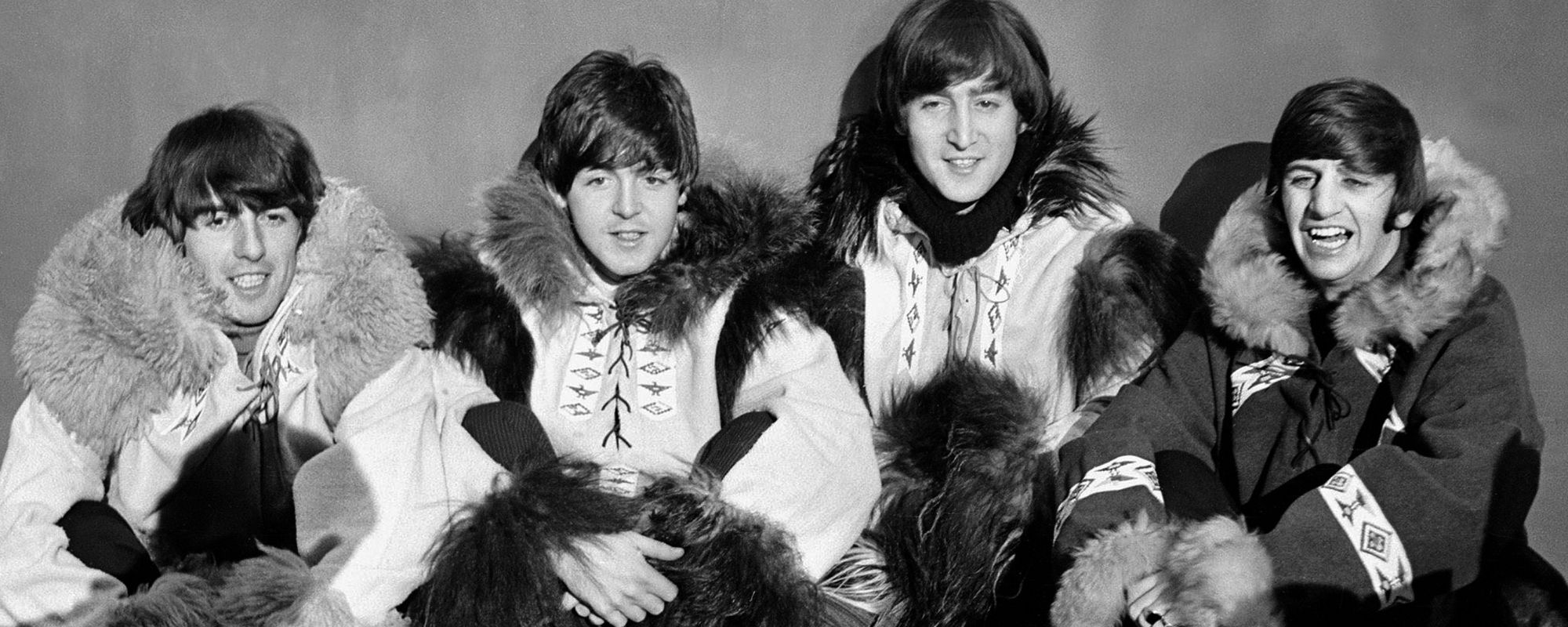



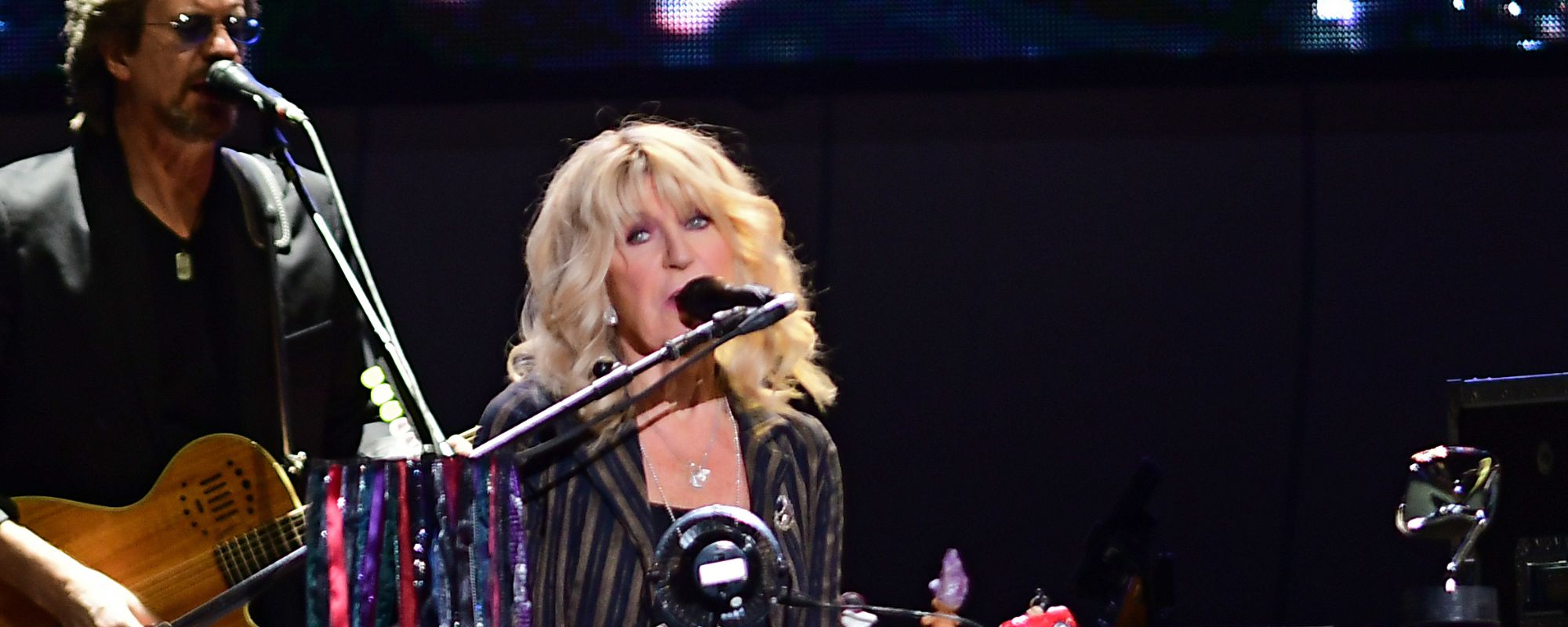
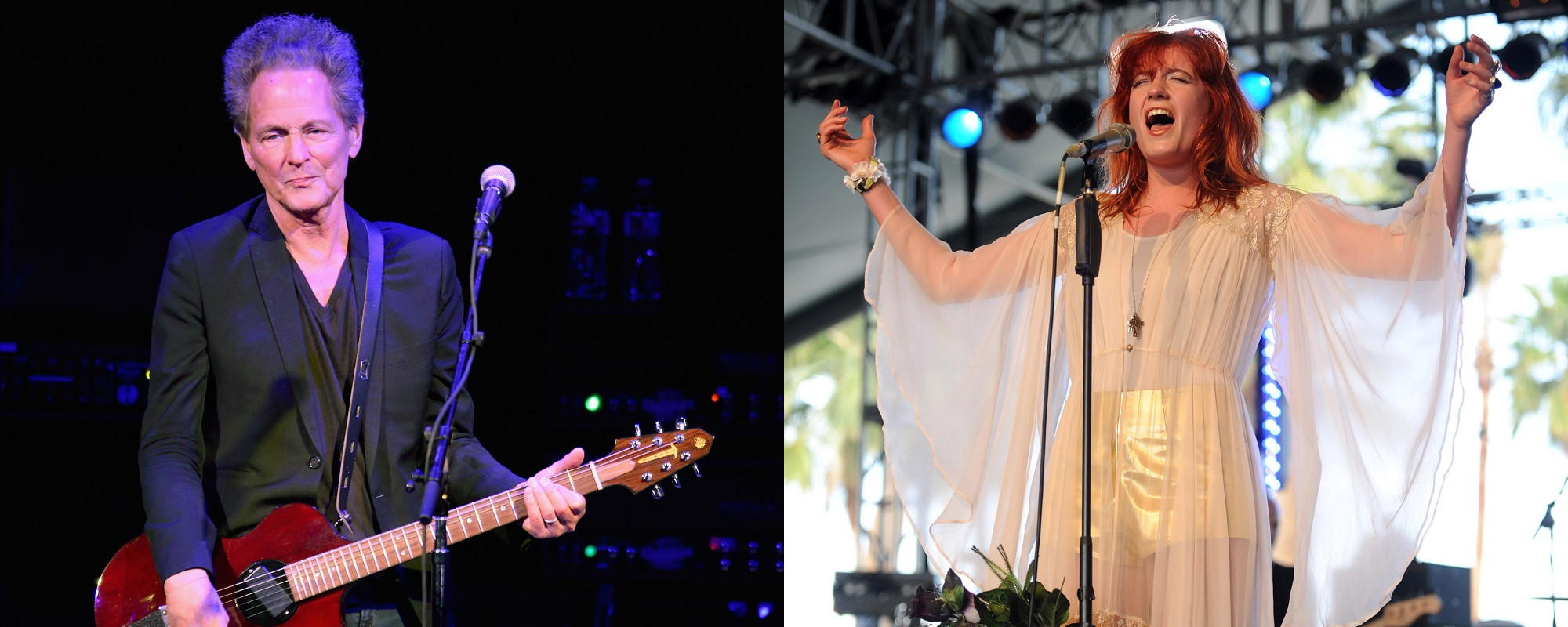


Leave a Reply
Only members can comment. Become a member. Already a member? Log in.